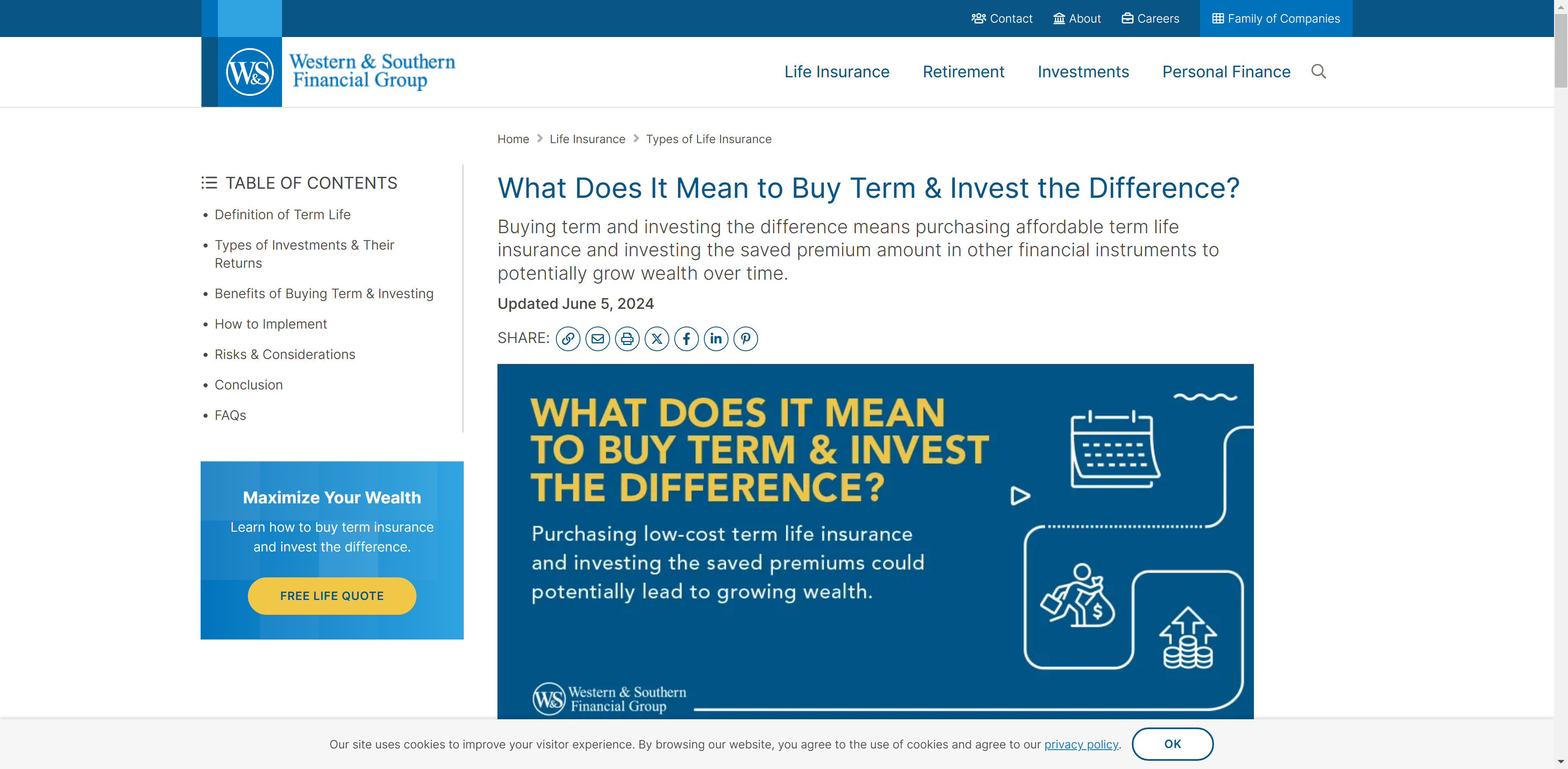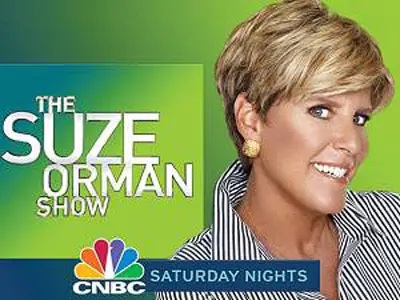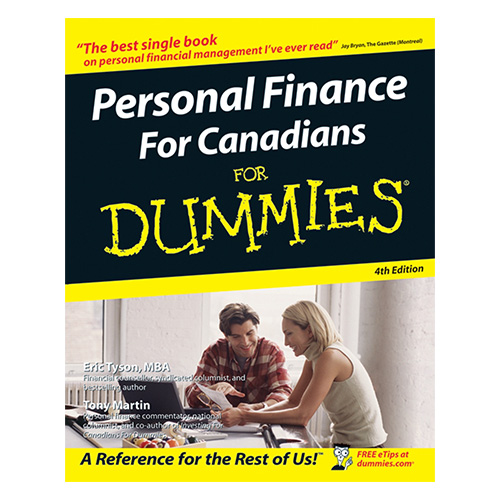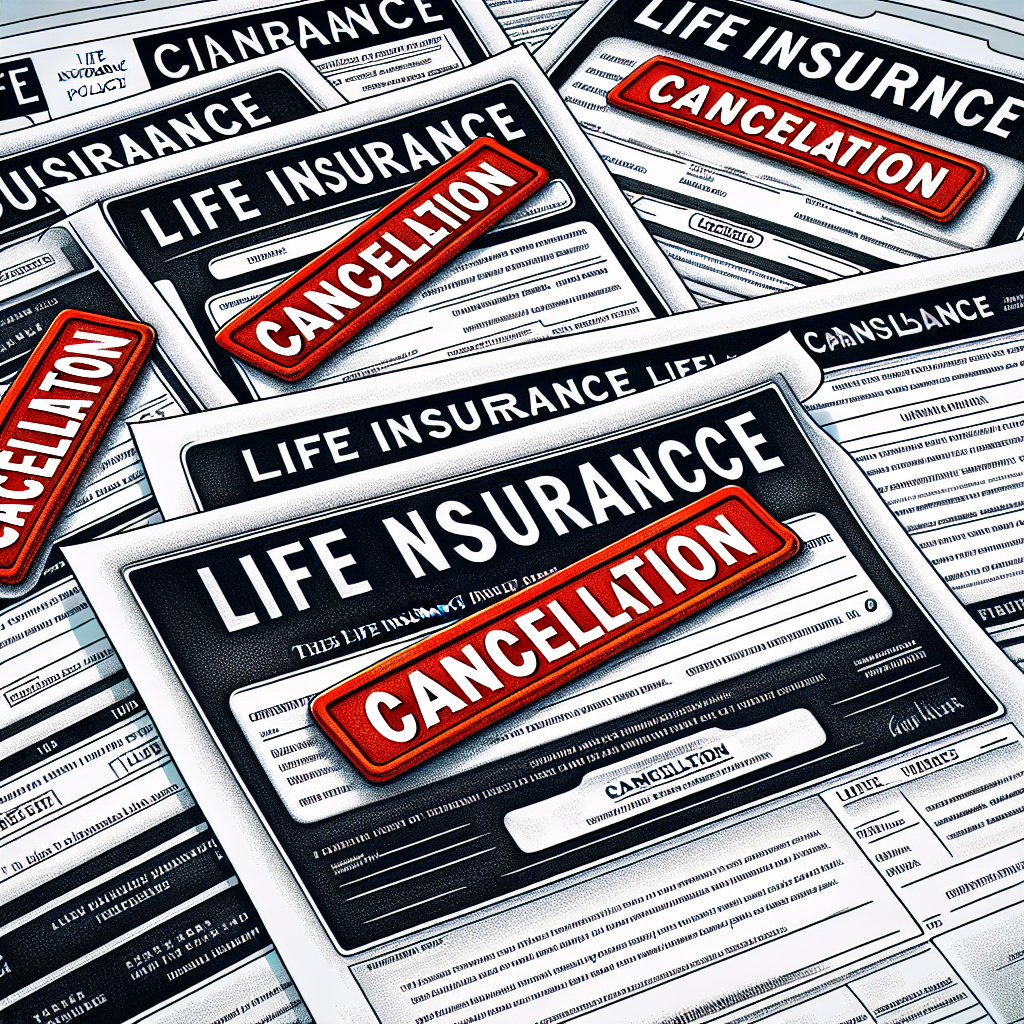This are pages from the book “Personal Finance for Dummies for Canadians”
Click Here to Download Original PDF
Comparing term life insurance to cash value life insurance (Page 334)
We’re going to tell you how you can save hours of time and thousands of dollars. Ready? Buy term life insurance. (The only exception is if you have a high net worth — several million bucks or more — in which case you may want to consider other options. See the estate-planning section in Chapter 17.) If you’ve already figured out how much life insurance to purchase, and this is all the advice you need to go ahead, you can skip the rest of this section and jump to the “Buying term insurance” section that follows.
If you want the details behind our recommendation for term insurance, the following information is for you. Or maybe you heard (and have already fallen prey to) the sales pitches from life insurance agents, most of whom love selling cash value life insurance because of its huge commissions.
We’re going to start with some background. Despite the variety of names that marketing departments have cooked up for policies, life insurance comes in two basic flavours:
- Term insurance. This insurance is pure life insurance. You pay an annual premium for which you receive a predetermined amount of life insurance protection. If the insured person passes away, the beneficiaries collect; otherwise, the premium is gone.
- Cash value insurance. All other life insurance policies (whole, universal, variable, and so on) combine life insurance with a supposed savings feature. Your premiums do not pay only for life insurance; some of your dollars are also credited to an account that grows in value over time, assuming you keep paying your premiums. On the surface, this sounds potentially attractive. People don’t like to believe that all their premium dollars are being tossed away.
But cash value insurance has a big catch.
For the same amount of coverage (for example, for $100,000 of life insurance benefits), cash value policies cost you anywhere from four to ten times (yes, 1,000 percent) more than comparable term policies.
Insurance salespeople know the buttons to push to get you interested in buying the wrong kind of life insurance. In the following sections we give you some of the typical arguments they make for purchasing cash value polices, followed by our perspective on each one.
“Cash value policies are all paid up after x years. You don’t want to be paying life insurance premiums for the rest of your life, do you?”
Agents who pitch cash value life insurance present projections that imply that after the first ten or so years of paying your premiums, you don’t need to pay more premiums to keep the life insurance in force. The only reason you may be able to stop paying premiums is if you pour so much extra money into the policy in the early years of payment. Remember that cash value life insurance costs four to ten times as much as term insurance.
Imagine that you’re currently paying $500 a year for auto insurance, and an insurance company comes along and offers you a policy for $4,000 per year. The representative tells you that after 10 years, you can stop paying and still keep your same coverage. We’re sure that you wouldn’t fall for this sales tactic, but many people do when they buy cash value life insurance.
You also need to be wary of the projections, because they often include unrealistic and lofty assumptions about the investment return that your cash balance can earn. When you stop paying into a cash value policy, the cost of each year’s life insurance is deducted from the remaining cash value. If the rate of return on the cash balance is not sufficient to pay the insurance cost, the cash balance declines, and eventually you receive notices saying that your policy needs more funding to keep the life insurance in force.
“You won’t be able to afford term insurance when you’re older.”
As you get older, the cost of term insurance increases because the risk of dying rises. But life insurance is not something you need all your life! It’s typically bought in a person’s younger years when financial commitments and obligations outweigh financial assets. Twenty or thirty years later, the reverse should be true.
When you retire years from now, you won’t need life insurance to protect your employment income, because there won’t be any to protect! You may need life insurance when you’re raising a family and/or you have a substantial mortgage to pay off, but by the time you retire, the kids should be out on their own (you hope!), and the mortgage should be paid down.
In the meantime, term insurance saves you a tremendous amount of money. For most people, it takes 20 to 30 years for the premium they’re paying on a term insurance policy to finally catch up to (equal) the premium they’ve been paying all along on a comparable amount of cash value life insurance.
“You can borrow against the cash value at a low rate of interest.”
Such a deal! It’s your money in the policy, remember? If you deposited money in a savings or money market account, how would you like to pay for the privilege of borrowing your own money back? Borrowing on your cash value policy is potentially dangerous: You increase the chances of the policy exploding on you — leaving you with nothing to show for your premiums.
“Your cash value grows tax-deferred.”
Ah, a glimmer of truth at last. The cash value portion of your policy grows without taxation until you withdraw it, but if you want tax deferral of your investment balances, you should first take advantage of your RRSP. An RRSP gives you an immediate tax deduction for your current contributions in addition to growth without taxation until withdrawal. The money you pay into a cash value life policy gives you no upfront tax deductions. (See Chapter 7 for details on retirement plans.)
Life insurance tends to be a mediocre investment. The insurance company quotes you an interest rate for the first year only; after that, most companies pay you what they want. If you don’t like the future interest rates, you can be penalized for quitting the policy. Would you ever invest your money in a bank account that quoted an interest rate for the first year only and then penalized you for moving your money within the next seven to ten years?
“Cash value policies are forced savings.”
Many agents argue that a cash value plan is better than nothing — at least it’s forcing you to save. This line of thinking is silly, because so many people drop cash value life insurance policies after just a few years of paying into them because of their high cost.
You can accomplish “forced savings” without using life insurance. You can arrange to have money automatically transferred from your chequing account into your RRSP, for example. Your employer may also offer the option of having contributions to an RRSP or company pension plan come from your paycheque — and it doesn’t take a commission! You can also set up monthly electronic transfers from your bank chequing account to automatically invest in mutual funds (see Chapters 7 and 9).
Making your decision
Insurance salespeople aggressively push cash value policies because of the high commissions that insurance companies pay them. Commissions on cash value life insurance range from 50 to 100 percent of your first year’s premium. An insurance salesperson, therefore, can make four to ten times more money (yes, you read that right) selling you a cash value policy than he can selling you term insurance.
Ultimately, when you purchase cash value life insurance, you pay the high commissions that are built into these policies. As you can see in the policy’s cash value table, you don’t get back any of the money that you dump into the policy if you quit the policy in the first two to three years. The insurance company can’t afford to give you any of your money back in those first few years because so much of it has been paid to the selling agent as commission. That’s why these policies explicitly penalize you for withdrawing your cash balance within the first seven to ten years.
Because of the high cost of cash value policies relative to the cost of term, you’re more likely to buy less life insurance coverage than you need — that’s the sad part of the insurance industry’s pushing of this stuff. The vast majority of life insurance buyers need more protection than they can afford to buy with cash value coverage.
Cash value life insurance is the most oversold insurance and financial product in the history of the financial services industry. Cash value life insurance makes sense for a small percentage of people, such as small-business owners who own a business worth more than several million dollars and don’t want their heirs to be forced to sell their business to pay estate taxes in the event of their death. (See “Considering the purchase of cash value life insurance,” later in this chapter.)
Purchase low-cost term insurance and do your investing separately. Life insurance is rarely a permanent need; over time, you can reduce the amount of term insurance you carry as your financial obligations lessen and you accumulate more assets.





